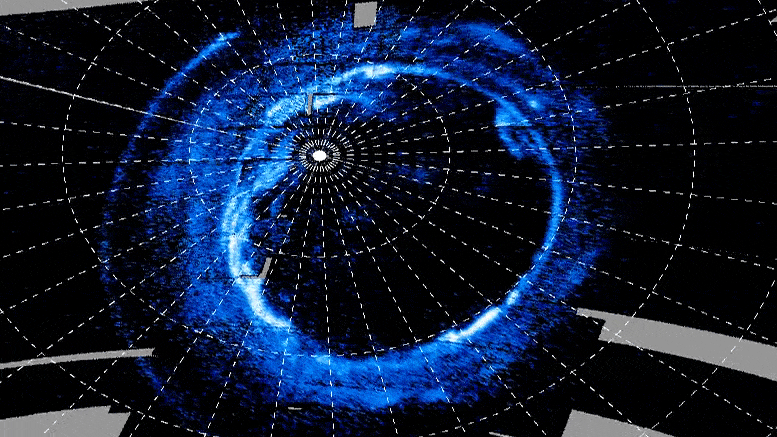
Spectacular ultraviolet storms in big planet’s aurora, generated by charged particles from its volcanic moon, Io. The midnight births of the dramatic bright surges in Jupiter’s aurora known as dawn storms are captured in a new study of data from the Juno space probe.
The storms, which consist of brightenings and broadenings of the dawn flank of an oval of auroral activity that encircles Jupiter’s poles, evolve in a pattern surprisingly reminiscent of familiar surges in the aurora that undulate across Earth’s po...
Read More







Recent Comments